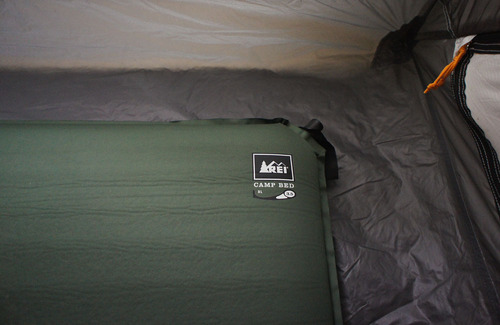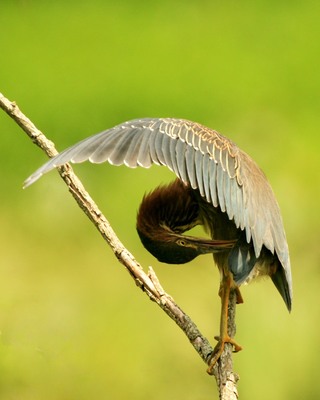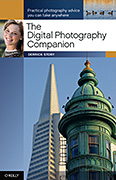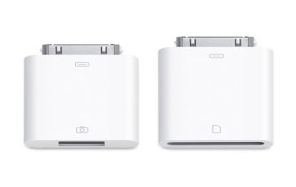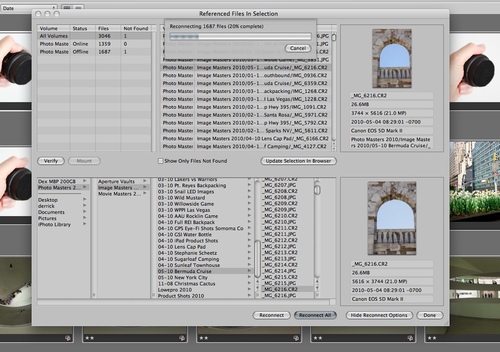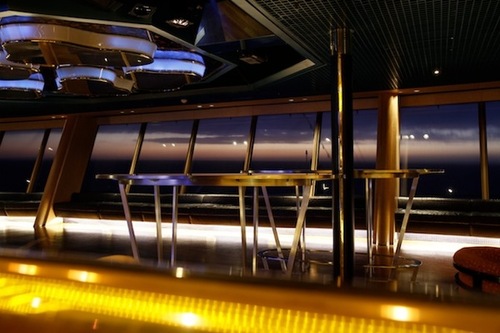I've been testing the Sony Alpha NEX-5 camera and had to figure out a workflow to manage the video it captures. One of the formats that Sony uses for movies is AVCHD, which can be difficult when working with QuickTime on a Mac. Fortunately, I have a few tips to make it easier.
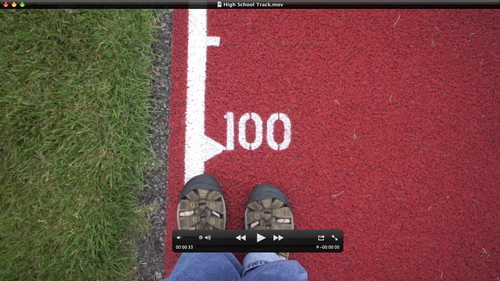 Video from a Sony NEX-5 playing in QuickTime.
Video from a Sony NEX-5 playing in QuickTime.
First, and easiest, don't use AVCHD! That's right, you have an option. Go to the Image Size menu on the NEX-5, navigate down to Movie, and select MP4 instead of AVCHD. That was easy.
If you set the NEX-5 as a mountable drive or use a card reader, you can peer into the contents of its memory. To find your MP4 videos, go into the MP_ROOT folder, and you'll see MP.4 files that can be opened directly in QuickTime. Simply drag and drop. This gives you full size 1920x1080 video files. In my test, a 34 second file weighed-in at 51 MBs.
Another route for Mac users is to launch the latest version of iMovie, then click on the Open Camera Import Window icon (CMD-I). iMovie can recognize the NEX-5 and import the video clips you've recorded. You can then edit them, add titles, and do all of the post production stuff that you'd normally handle in iMovie.
When it's time to export for QuickTime viewing, an efficient way to go is to select Share > Export Movie. Then click on the HD preset in the dialog box. You'll end up with a high quality 1280x720 movie that you can play in QuickTime or any device that reads the .MOV format. That same 34 second movie was 43 MBs after going through this process.
And finally, Aperture 3 (and yes, iPhoto 09 too) can recognize the MP4 movies and import them. This worked when I connected the camera via its USB cable or used a card reader. For me personally, Aperture 3 is the easiest way to import, trim, and catalog videos captured with the Sony NEX-5. Unfortunately, Aperture 3 doesn't support the .ARW Raw files, but hopefully that will come up the road.
For those who prefer working with the AVCHD format, all of this might seem like a lot of fuss. But I think it's great that Sony gives you a MP4 option for those who prefer it.
More on the Sony NEX-5
Sweep Panorama Is Impressive on Sony NEX-5
"Sony NEX-5: Where Does it Fit?" - Digital Photography Podcast 228
-
